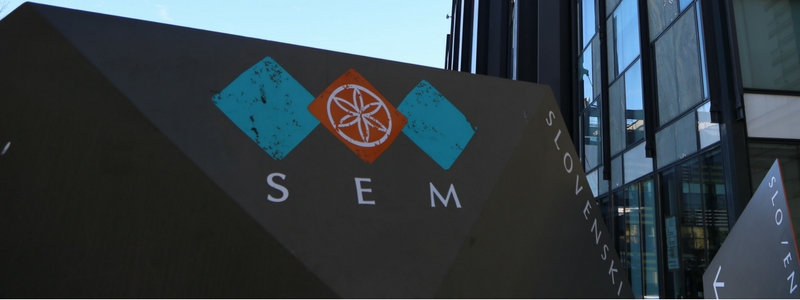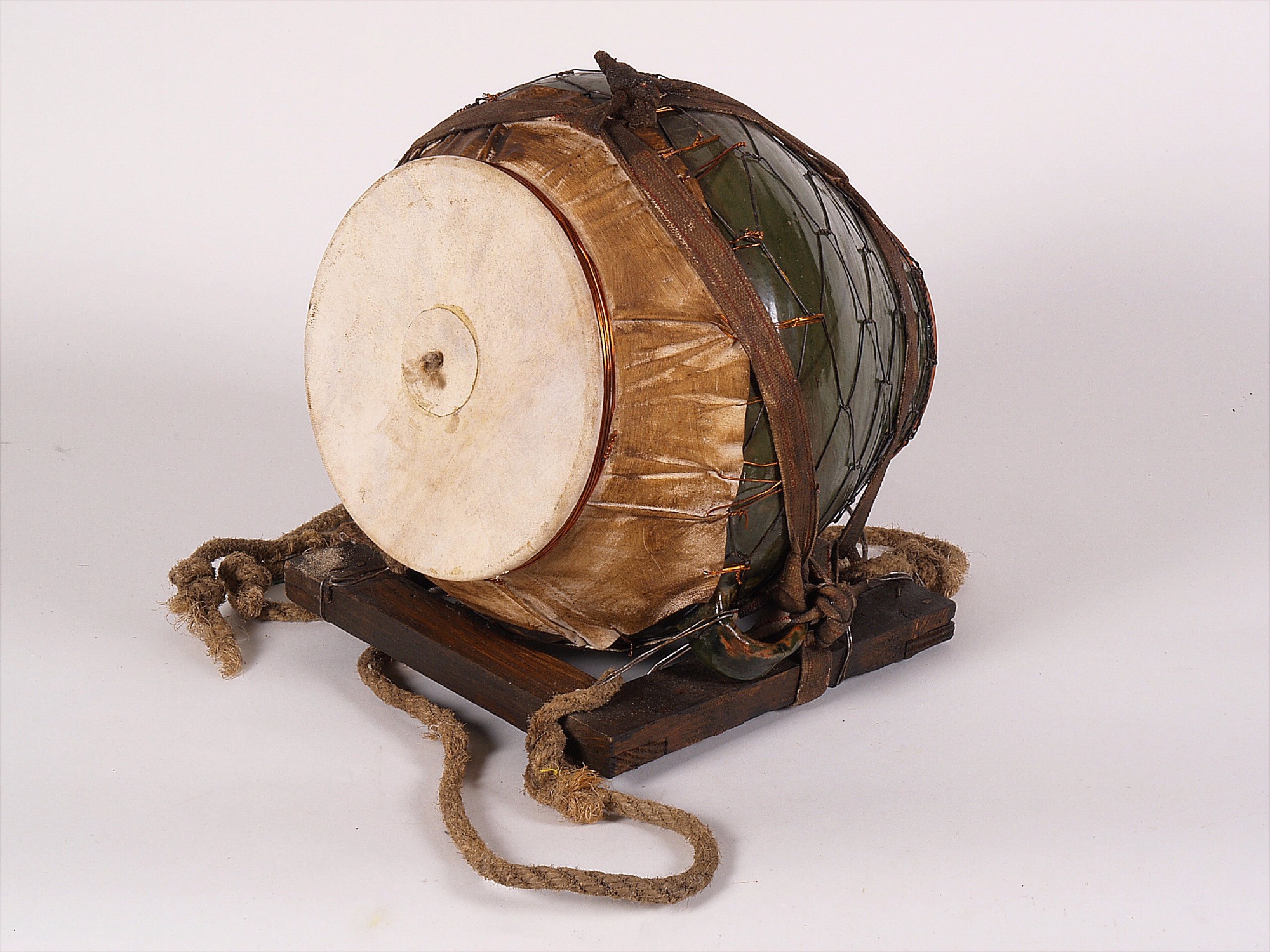The Slovenian Ethnographic Museum (SEM) is a portal of knowledge facilitating dialogue with the musical cultural heritage of Slovenian ethnic territory and Slovenian diaspora. As a repository of information about traditional and contemporary culture in Slovenia, the Museum houses and displays musical artefacts and exhibits, including some of the oldest specimens in Europe, which have challenged our assumptions about when humans made their first appearance.
The music collection on show at SEM offers an insight into Slovenia’s diversified soundscapes, from the early beginnings of music-making in the Stone and the Bronze Ages, to the widespread folk music practice in the 19th century and modern technological advances – the proliferation of mass media, audio recording mediums. The permanent exhibition also features modern music practice, which was greatly affected by the invention of the accordion.
The permanent music collection that forms part of the Between Nature and Culture exhibition consist mainly of folk instruments and sound-producing devices, which are divided into four basic groups in terms of sound creation and generation:
- Instruments in which a vibrating mass of air produces the initial sound (aerophones): woodwind instruments (flutes where the stream of air is directed against a sharp edge, or different reed pipes), brass instruments
- Instruments emitting sound by the vibration of a stretched membrane (membranophones): drums (percussion or friction) and mirlitones;
- Stringed instruments (chordophones): string instruments, plucked instruments, instruments sounded by being struck or strummed;
- Naturally sonorous instruments (idiophones): instruments sounded by being struck (percussion directly and indirectly), scraped, jerked, or friction idiophones.
The collection includes a clarinet made of pumpkin, nunalca (pipe), violin melody zithers, drdra (wooden ratchet), psaltery, gramophones, barrel organs and, in addition to clarinets, violins, zithers and accordions, a rich collection of trstenke (panpipes), Haloze žvegle (wooden transverse flutes) as well as earthenware whistles and žvrgolec children’s whistles. A special feature of the collection is the Slovenian lončeni bas (earthenware bass).
A particular attraction of the exhibition is the collection of children’s instruments, sound-making devices and toys, playthings producing sound effects and noises. Visitors to the museum can learn more about them via a touchscreen that features numerous recordings of music played by folk musicians.
Apart from the collection of instruments, the musical history of Slovenia is also chronicled in the collection of audio recording mediums and audio players, including gramophone records made by Slovenian emigrants. Technological advances at the turn of the previous century facilitated the invention of the phonograph and tape recorder and, at the beginning of the 20th century, the invention of the radio. On view are a phonograph and a tape recorder.
SEM also provides an insight into the historical evolution of the accordion by Friedrich Buschmann, a German musical instrument maker. This instrument decisively influenced the development of folk music throughout Europe. In Slovenia, the first serial accordions appeared in mid-19th century and had a fundamental impact on national music-making. The accordion replaced various instruments that had previously formed part of traditional folk ensembles. Three types of accordion were used in Slovenia in the mid-19th century: German, Slovenian and Styrian, which were distinguishable mainly in terms of the arrangement of the button manual, while the Slovenian version differed from the German one already in its external form, i.e. its different width and height. SEM houses different types of accordion, the oldest of which dates to 1880.
Slovenian folk music played a significant part at all major social events. The importance of music is also evident in the life of the Slovenian emigrants in the US, where they established choirs and societies and made relatively early recordings (the first originating from 1917) of Slovenian ‘ethnic’ music. The names of the artists of the preserved gramophone records include Avgusta Danilova, Mila Polančeva, Mary Udovich, Josephina Lauche, Matt Hoyer, Frank Yankovic, etc.
In 2009, SEM purchased from the Polka Hall of Fame in Cleveland over 100 gramophone records of Slovenian pop-folk music made in the US in the first half of the 20th century. Most of the featured records were made to be played at 78 revolutions per minute (78 rpm), while some are already long-players (LP).
Maia Juvanc


